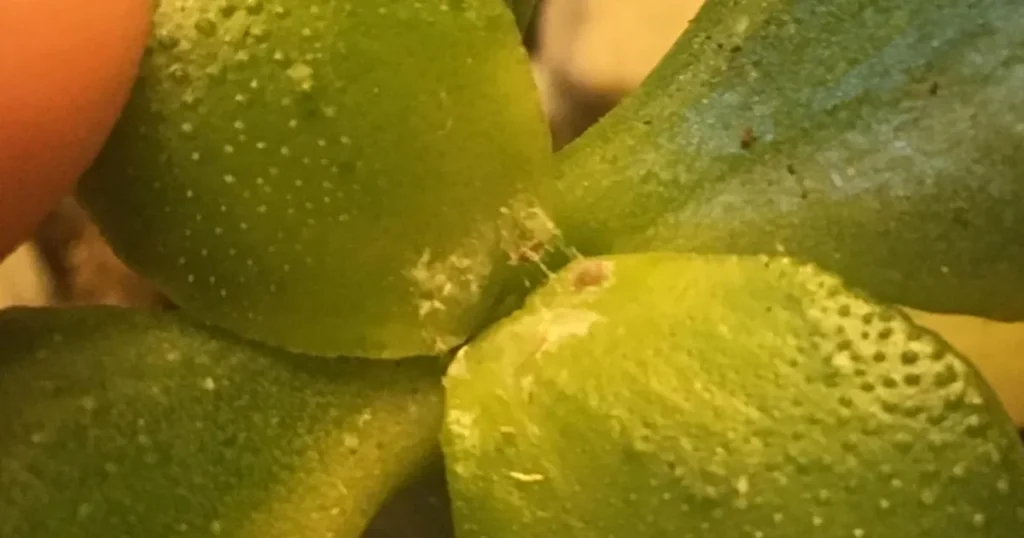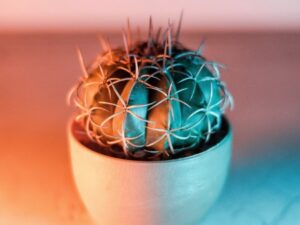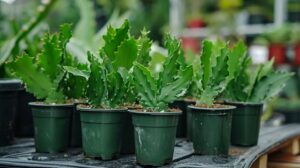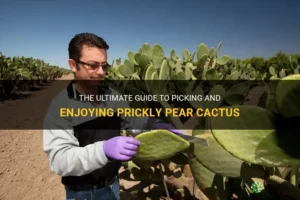Keeping a flourishing indoor garden is a rewarding endeavor, yet the battle against pests, particularly mealybugs, can be vexing for many plant enthusiasts. These minute insects, characterized by their cotton-like appearance, can rapidly proliferate and wreak havoc on your beloved plants. Understanding how to deal with mealybugs effectively can prevent them from taking over your indoor oasis.
Mealybugs are sap-sucking insects that prefer warm, humid environments. They are frequently found clinging to the undersides of leaves, within leaf axils, and even in soil. Left unchecked, their infestation can cause stunted growth, yellowing of leaves, and ultimately, plant decline. Observing their presence often sparks curiosity about their biology and behaviors, fostering a deeper appreciation for both plant and pest dynamics. To navigate this challenge, it’s essential to arm yourself with effective strategies for identification, prevention, and treatment.
Identifying Mealybug Infestation: What to Look For
Visual Indicators
Recognizing mealybugs is the first step toward management. These pests tend to congregate in clusters, their white, waxy coating shielding them from many pesticides. Close inspection of your plants is vital; check crevices, leaf joints, and even potting medium for signs of mealybugs. The presence of sticky honeydew, a sugary excretion by mealybugs, can also indicate infestation, attracting other pests like ants or sooty mold.
Effects on Your Plants
Your plants may exhibit various symptoms as a consequence of a mealybug invasion. Leaves might turn yellow or start to drop, indicating that the plant is suffering from stress. Some plants may also develop a distorted appearance, as growth is stunted by sap extraction. Detecting these changes early can be pivotal in saving your garden.
Discovering mealybugs on your plants can elicit a sense of urgency, prompting necessary interventions. The importance of early identification cannot be overstated; it ultimately determines the effectiveness of subsequent treatments.
Seasonal Considerations for Pest Management
Winter and Spring Vigilance
With mealybugs thriving in warm conditions, they are particularly prevalent during the winter months when indoor temperatures rise and humidity levels fluctuate. During this time, indoor gardeners should be especially vigilant. Regularly inspecting plants for signs of mealybugs can help catch them before infestations spiral out of control. Additionally, spring is a critical period for mealybug reproduction, making it an optimal time for preventative measures.
Environmental Control
Maintaining an inhospitable environment is crucial in managing mealybug populations. Monitor humidity levels—while these pests favor moisture, excessively low or high humidity can stress them. Adequate air circulation around plants can also discourage mealybug settlement. Placing plants in areas with good airflow while avoiding overcrowded spaces can significantly reduce the risk of infestation.
Implementing ecological controls, such as introducing beneficial insects like ladybugs or lacewings, can provide a natural counterbalance to outbreaks. This integrated pest management strategy utilizes nature’s checks to keep mealybug populations in check.
Effective Treatment Strategies for Mealybug Control
Physical Removal Techniques
When dealing with a mealybug infestation, physical removal should be one of the first strategies employed. Using a cotton swab dipped in rubbing alcohol can be particularly effective. The alcohol dissolves the mealybugs’ protective exterior, killing them on contact. This technique is not only practical but also minimizes the harmful impact on your plants, as many chemical insecticides can cause additional stress.
Homemade Solutions
For those who prefer a more hands-on approach, several homemade remedies can be concocted. A mixture of water and dish soap sprayed directly on affected areas can suffocate mealybugs while being gentle on plants. Adding neem oil to this mixture can enhance its efficacy, as neem oil disrupts mealybug growth and reproduction. Regularly applying these solutions ensures a sustained battle against the infestation, keeping plants healthy and pest-free.
Commercial Products: Choosing Wisely
If DIY solutions are not yielding results, there are a plethora of commercial insecticides available specifically formulated for mealybug control. It is essential to choose products that target mealybugs effectively while being safe for your plant types. Always read the labels carefully and conduct a patch test on a small section of the plant before full application. Remember, persistence is key; multiple treatments may be necessary to fully eradicate the infestation.
Aftercare: Nurturing Vulnerable Plants
Post-infestation, your plants may need extra care. Providing a stress-free environment is crucial. Ensure plants receive adequate light and water, while avoiding excessive fertilization, which can weaken them. Regular monitoring for signs of re-infestation can safeguard against relapse. Utilizing this period to reinforce overall plant health will enhance their resilience against future pest attacks.
In conclusion, addressing mealybug infestations involves a multifaceted approach that combines identification, environmental control, and strategic treatment. By remaining vigilant and proactive, you can protect your indoor garden and enjoy the beauty of thriving plants, free from the specter of mealybugs. Use these insights to foster a deeper connection with your garden, appreciating not just the plants, but the intricacies of the ecosystem at play. Through diligence and care, you can maintain a vibrant and healthy indoor sanctuary.





Leave a Comment